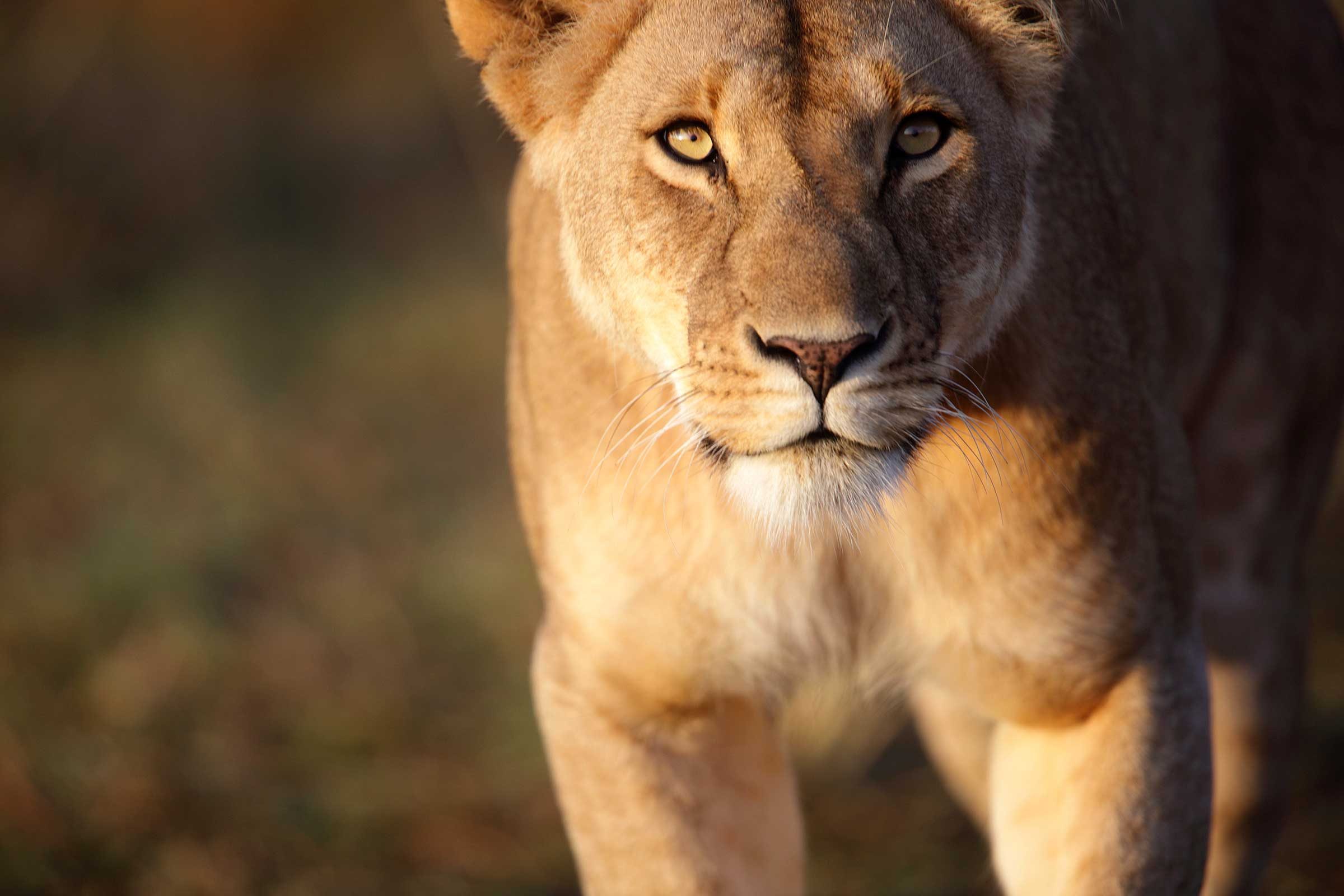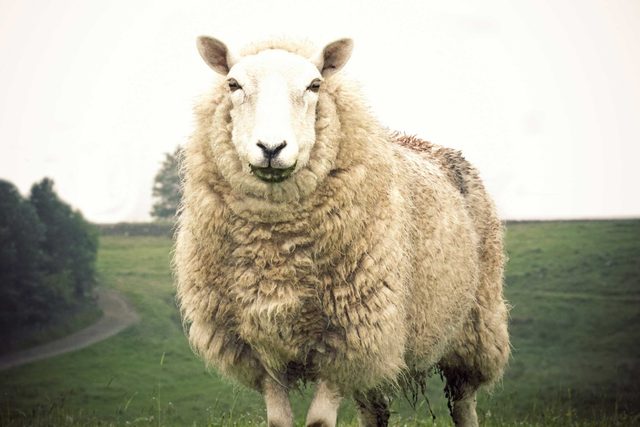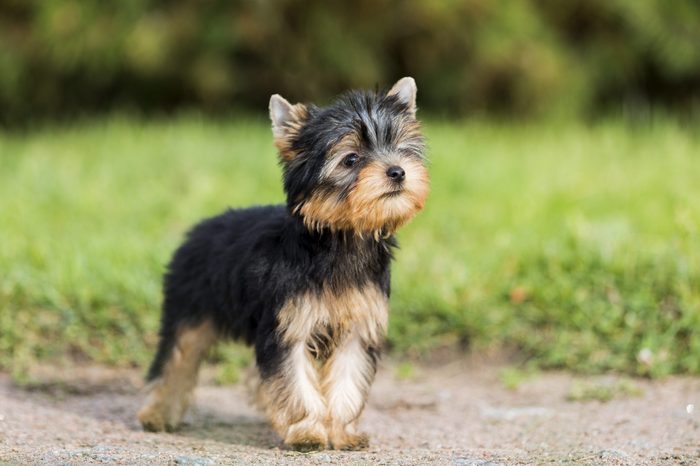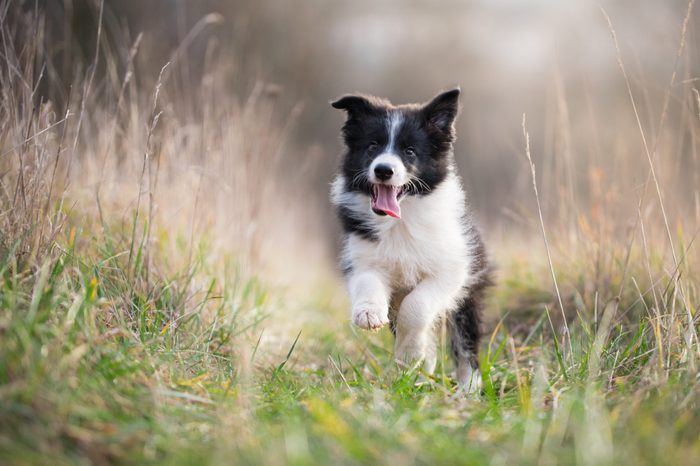Not all cultural pioneers walk on two legs. Read on for famous animals who made a difference.

10 Animals That Changed History


Dolly the sheep proved cloning was possible
On July 5, 1996, this fuzzy little bundle of joy emerged from the belly of one of her three mothers—the first mammal cloned from an adult cell. Dolly’s birth proved that a technique called somatic cell nuclear transfer—where the nucleus from an adult cell is placed into an unfertilized egg, stimulated with electricity then implanted into a surrogate—could be successful. Dolly died of lung disease at age six, but the cloning technique used to create her has since been used on other larger mammals, including pigs, deer, horses and bulls. She’s still considered one of the most famous animals in science.

Cher Ami the pigeon saved hundreds of American troops
During World War I, this homing pigeon lived up to her name and was a “dear friend” to American troops. Cher Ami delivered 12 messages during her service to the U.S. Army Signal Corps in France, but none more important than one in 1918. Major Charles White Whittlesey and more than 500 men were trapped behind enemy lines without food or ammunition.
Afraid that his battalion would be killed by friendly fire, Whittlesey attempted to send messages to his compatriots via pigeon. Two pigeons were shot down trying to relay their position, but Cher Ami made it through enemy fire with a message that read: “We are along the road parallel to 276.4. Our own artillery is dropping a barrage directly on us. For heaven’s sake, stop it.” The shelling stopped, and the troops were saved. Cher Ami received the Croix de Guerre medal and is now on display at the Smithsonian.

David Greybeard revealed chimpanzees’ true intelligence
Until 1960, scientists believed that only humans could make and use tools. But that changed when Jane Goodall observed a chimpanzee she named David Greybeard using a grass stalk to extract termites from a mound. Later, she watched him and another chimp make fishing tools by stripping the leaves off twigs. “[David] was the first chimpanzee who let me come close, who lost his fear,” Goodall told Bill Moyers in 2011. “He helped introduce me to this magic world out in the forest.” His actions helped overturn the long-held belief that only humans were capable of using tools, making him one of the most famous animals in the field of behavioral science.

Elsa the lioness inspired wildlife conservation
In 1956, George Adamson, a game warden in Kenya, and his wife Joy adopted a lion cub they named Elsa. The couple raised her at home and taught her how to hunt and survive in the wild. Eventually, the Adamsons released Elsa, and she survived. In 1960, Joy wrote a non-fiction book, Born Free, about raising Elsa. Six years later, a movie based on the book opened to wide acclaim. It’s credited with promoting wildlife conservation to the general public.

Balto the dog delivered life-saving serum
In 1925, doctors in Nome, Alaska faced a deadly diphtheria outbreak. The only serum that could save lives was in Seattle. Unable to deliver the medicine by plane, officials devised a last-ditch plan: A relay of dog sled teams would carry the medicine across hundreds of miles of snow and ice. Balto, a black-and-white Siberian husky, led the final stretch. He braved a fierce blizzard to complete the final leg of the journey on February 2. His bravery helped save the town and earned him a place in American history. A statue of Balto still stands in New York City’s Central Park today.

Beautiful Jim Key the horse impressed a president
In the late 19th and early 20th centuries, a sickly quarter horse named Beautiful Jim Key became a national sensation. Dr. William Key, a previously enslaved man, trained him to read, write, spell, do math and even use a telephone. Their variety show was seen by millions, and their gentle training methods stunned audiences. President William McKinley called it “the most astonishing and entertaining exhibition I have ever witnessed.” At a time when humane training and racial integration were rare, their story brought people together, making Beautiful Jim Key one of the most famous animals in show business history.

Smoky the dog became a war hero
There’s no shortage of stories of dogs performing heroic acts during wartime, but Smoky wasn’t a typical war dog. She was a tiny Yorkshire Terrier found in an abandoned foxhole in the Philippines during World War II. American troops needed to run telephone lines through a narrow underground pipe, but it was too small for a person to crawl through. Smoky’s owner tied the wires to her collar and called her to the other side. She made it through safely, helping save the lives of up to 250 soldiers. She also boosted morale in hospitals and barracks and is one of the earliest examples of therapy dogs.

Pickles the collie found the stolen World Cup trophy
In 1966, the Jules Rimet trophy (the precursor to the FIFA World Cup trophy) was stolen from a London exhibition just months before the start of the World Cup. Despite intense media coverage and police efforts, the case went cold. Then, about a week later, a man named David Corbett was walking his dog, Pickles, when the pup sniffed out something under a hedge: It was the trophy wrapped in newspaper. Pickles was awarded a silver medal from the National Canine Defence League and even appeared in a spy film called The Spy with a Cold Nose. His discovery made headlines around the world, cementing his place as one of the most famous animals in sports history.

Snowball the cat helped solve a murder
In 1994, a woman named Shirley Duguay disappeared from her home on Prince Edward Island, Canada. When police later found a bag with a blood-stained jacket and white cat hairs, suspicion fell on her estranged husband, Douglas Beamish, who owned a white cat named Snowball. Investigators ran a DNA test on the hairs, matching them to Snowball. It was the first time non-human DNA was used to help convict someone of murder. Since then, animal DNA has been used in numerous criminal cases.

Montauciel the sheep was one of the world’s first aeronauts
In 1783, long before the Wright brothers or space travel, a sheep named Montauciel took to the skies in a hot air balloon over France. He flew alongside a duck and a rooster in one of the world’s first experiments to test how altitude affects living creatures. The goal? To see if a sheep could survive the trip, because if it could, maybe a human could too. All three animals landed safely, and Montauciel became one of the earliest and most famous animals in aviation history. (Fun fact: His name means “climb to the sky” in French.)
Additional reporting by Beth Dreher.
Why trust us
At Reader’s Digest, we’re committed to producing high-quality content by writers with expertise and experience in their field in consultation with relevant, qualified experts. We rely on reputable primary sources, including government and professional organizations and academic institutions as well as our writers’ personal experiences where appropriate. We verify all facts and data, back them with credible sourcing and revisit them over time to ensure they remain accurate and up to date. Read more about our team, our contributors and our editorial policies.
Sources
- PubMed Central: “The Revolution of Animal Genomics in Forensic Sciences”
- ASU Embryo Project Encyclopedia: “Somatic Cell Nuclear Transfer in Mammals”
- Smithsonian Institution: “Cher Ami Object Record”
- Bill Moyers: “Interview with Jane Goodall”
- Alaska Historical Society: “Nome Serum Run 100th Anniversary Events”
- Tennessee State Library and Archives: “‘Beautiful Jim Key’ Collection”
- Military.com: “The World’s First Therapy Dog Was a World War II Pacific Veteran”
- BBC Sport: “How Pickles the dog found the World Cup trophy — 50 years on”
- Guinness World Records: “First living creatures to take flight in a man-made craft”
- Born Free Foundation



















